#Spacecraft
Text
By Rui Huang
Music on
#nestedneons#cyberpunk#cyberpunk art#cyberpunk aesthetic#art#cyberpunk artist#cyberwave#megacity#futuristic city#scifi#spacecraft#spaceships#scifo arr#scifi aesthetic#netflix#crypto art
107 notes
·
View notes
Text
HOW FAST DOES LIGHT TRAVEL??
Blog#395
Wednesday, April 24th, 2024.
Welcome back,
The speed of light traveling through a vacuum is exactly 299,792,458 meters (983,571,056 feet) per second. That's about 186,282 miles per second — a universal constant known in equations as "c," or light speed.
According to physicist Albert Einstein's theory of special relativity, on which much of modern physics is based, nothing in the universe can travel faster than light.

The theory states that as matter approaches the speed of light, the matter's mass becomes infinite. That means the speed of light functions as a speed limit on the whole universe. The speed of light is so immutable that, according to the U.S. National Institute of Standards and Technology, it is used to define international standard measurements like the meter (and by extension, the mile, the foot and the inch).

Through some crafty equations, it also helps define the kilogram and the temperature unit Kelvin.
But despite the speed of light's reputation as a universal constant, scientists and science fiction writers alike spend time contemplating faster-than-light travel. So far no one's been able to demonstrate a real warp drive, but that hasn't slowed our collective hurtle toward new stories, new inventions and new realms of physics.

A light-year is the distance that light can travel in one year — about 6 trillion miles (10 trillion kilometers). It's one way that astronomers and physicists measure immense distances across our universe.
Light travels from the moon to our eyes in about 1 second, which means the moon is about 1 light-second away. Sunlight takes about 8 minutes to reach our eyes, so the sun is about 8 light minutes away. Light from Alpha Centauri, which is the nearest star system to our own, requires roughly 4.3 years to get here, so Alpha Centauri is 4.3 light-years away.

"To obtain an idea of the size of a light-year, take the circumference of the Earth (24,900 miles), lay it out in a straight line, multiply the length of the line by 7.5 (the corresponding distance is one light-second), then place 31.6 million similar lines end to end," NASA's Glenn Research Center says on its website. "The resulting distance is almost 6 trillion (6,000,000,000,000) miles!"

Stars and other objects beyond our solar system lie anywhere from a few light-years to a few billion light-years away. And everything astronomers "see" in the distant universe is literally history. When astronomers study objects that are far away, they are seeing light that shows the objects as they existed at the time that light left them.
Originally published on https://www.space.com
COMING UP!!
(Saturday, April 27th, 2024)
"HOW WAS OUR SOLAR SYSTEM CREATED??"
#astronomy#outer space#alternate universe#astrophysics#universe#spacecraft#white universe#space#parallel universe#astrophotography
64 notes
·
View notes
Text

Team Daddy… Team Juno… Team 4 MORE WEEKS TO GO ON THE THESIS!!!! Sending all the good luck and stars in the universe to you, babe!! ~ 💋💋💋💋💋
#18+ content#k!nk community#daddy’s babygirl#sexy content#sexy titts#natural titts#alternate universe#spacecraft
2K notes
·
View notes
Text

Moonbound: One Year Since Artemis I
On this day last year, the Artemis I rocket and spacecraft lit up the sky and embarked on the revolutionary mission to the Moon and back. The first integrated flight test of the rocket and spacecraft continued for 25.5 days, validating NASA’s deep exploration systems and setting the stage for humanity’s return to the lunar surface.

On Nov. 16, 2022, the Space Launch System (SLS) rocket met or exceeded all expectations during its debut launch on Artemis I. The twin solid rocket booster motors responsible for producing more than 7 million pounds of thrust at liftoff reached their performance target, helping SLS and the Orion spacecraft reach a speed of about 4,000 mph in just over two minutes before the boosters separated.

Quite a few payloads caught a ride aboard the Orion spacecraft on the Artemis I mission: In addition to a number of small scientific satellites called CubeSats, a manikin named Commander Moonikin Campos sat in the commander’s seat. A Snoopy doll served as a zero-gravity indicator — something that floats inside the spacecraft to demonstrate microgravity.
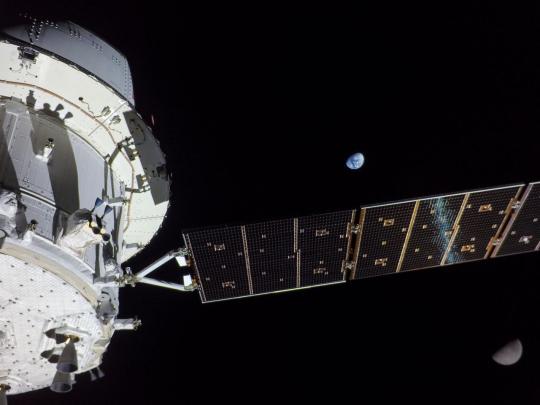
During the mission, Orion performed two lunar flybys, coming within 80 miles of the lunar surface. At its farthest distance during the mission, Orion traveled nearly 270,000 miles from our home planet, more than 1,000 times farther than where the International Space Station orbits Earth. This surpassed the record for distance traveled by a spacecraft designed to carry humans, previously set during Apollo 13.
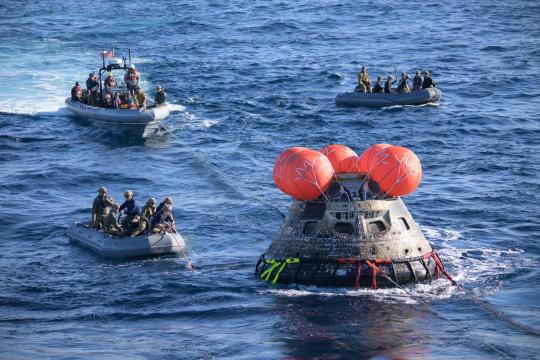
The Orion spacecraft arrived back home to planet Earth on Dec. 11, 2022. During re-entry, Orion endured temperatures about half as hot as the surface of the Sun at about 5,000 degrees Fahrenheit. Within about 20 minutes, Orion slowed from nearly 25,000 mph to about 20 mph for its parachute-assisted splashdown.
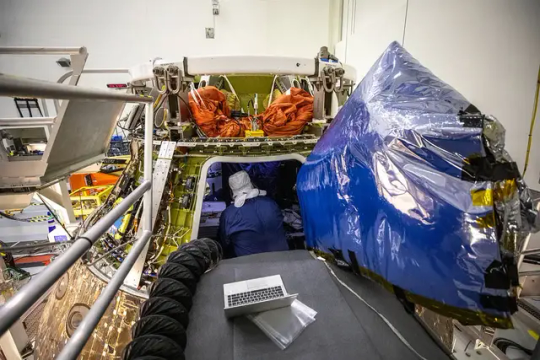
Recovery teams successfully retrieved the spacecraft and delivered it back to NASA’s Kennedy Space Center for de-servicing operations, which included removing the payloads (like Snoopy and Commander Moonikin Campos) and analyzing the heat shield.
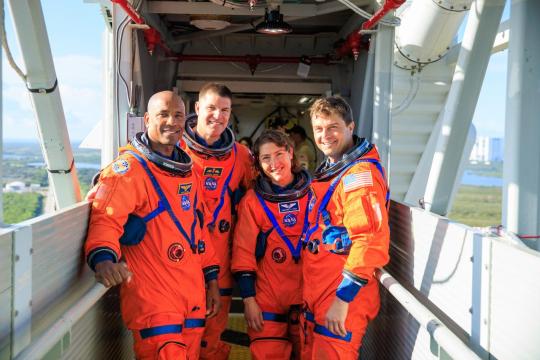
With the Artemis I mission under our belt, we look ahead to Artemis II — our first crewed mission to the Moon in over 50 years. Four astronauts will fly around the Moon inside Orion, practicing piloting the spacecraft and validating the spacecraft’s life support systems. The Artemis II crew includes: NASA astronauts Reid Wiseman, Victor Glover, and Christina Koch, and CSA astronaut Jeremy Hansen.
youtube
As we look ahead to Artemis II, we build upon the incredible success of the Artemis I mission and recognize the hard work and achievements of the entire Artemis team. Go Artemis!
Make sure to follow us on Tumblr for your regular dose of space!
#Artemis#Rocket#Anniversary#Launch#NASA#Space#Moon#Lunar#Astronaut#Apollo#Orion#Spacecraft#Space Launch System#STEM#science#tech#technology#on this day#Youtube
2K notes
·
View notes
Text









Alien (1979)
#alien movie#scifiedit#science fiction#nostromo#spaceship#interiors#spacecraft#old computers#computing#atmospheric#scifi aesthetic#cyberpunk aesthetic#graphic design#glitch#user interface#user interaction#mother#space ship#gifs#gifset
786 notes
·
View notes
Text

#gif#anime#anime 80s#old anime#cyberpunk#space fantasy#science fiction#scifi#spacecraft#space#cockpit#80s aesthetic#80s
1K notes
·
View notes
Text
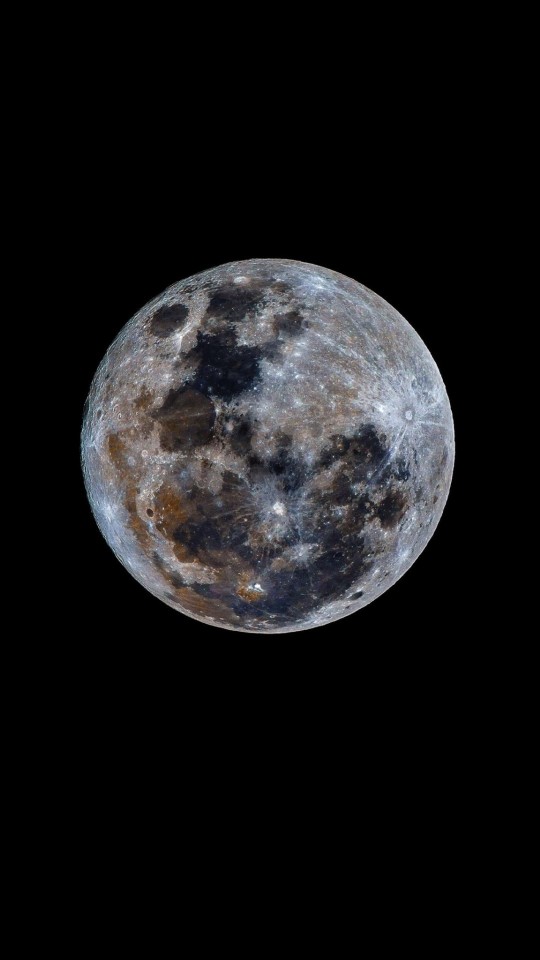
Our Moon in stunning 8K
#astronomy#astronomers#nasa#universe#astrophotography#nasa photos#nasawebb#astrophysics#outer space#hubble space telescope#our moon#moon#moon photography#astro community#astro notes#astro observations#astroblr#spacecraft#space exploration#space#james webb space technology#space photography#tumblr blog#tumblr#tumblr photographer#our universe#galaxies#galaxy#cosmos#planetary nebula
592 notes
·
View notes
Text



Spaceships by John Berkey, Eddie Jones, and Bruce Pennington.
456 notes
·
View notes
Text

Endeavor over the Golden Gate Bridge
#NASA#Space Shuttle#Endeavor#Orbiter#Spacecraft#SCA#Shuttle Carrier Aircraft#Boeing#747#Golden Gate Bridge#Aerospace#aviation
593 notes
·
View notes
Text
Close up view of Pluto from the New Horizons spacecraft

#pluto#astronomy#space#universe#astrophotography#astrology#nasa#astro#astronout#galaxy#galaxies#solar system#astro observations#astro notes#astro community#astroloji#planets#planet#spacecraft
628 notes
·
View notes
Text

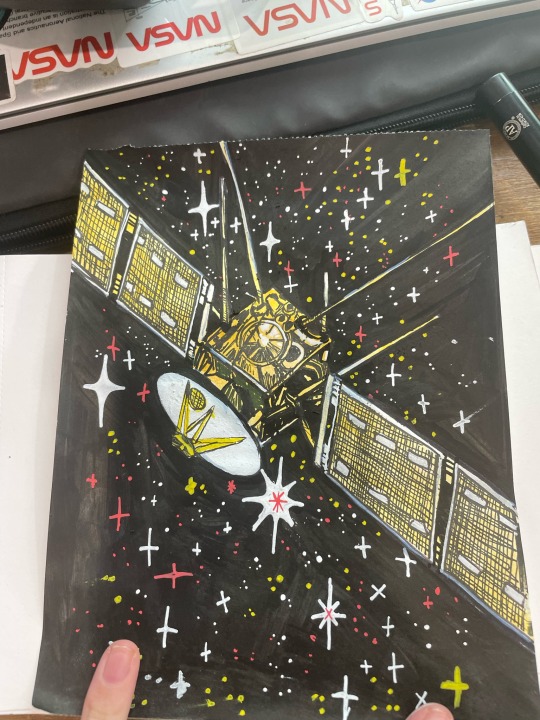

#17776 fanart#17776 nine#17776 juice#17776 ten#17776 football#17776#what football will look like in the future#pioneer 9#pioneer 10#jupiter icy moons explorer#spacecraft#space#outer space#space probe
298 notes
·
View notes
Text

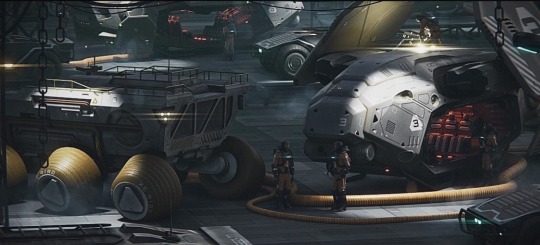


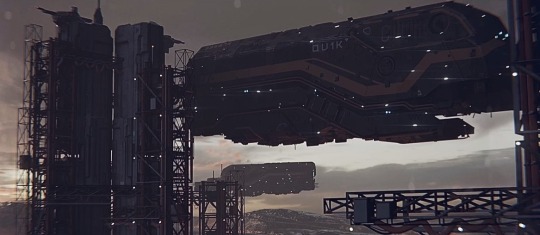




By john seru
#nestedneons#cyberpunk#cyberpunk art#cyberpunk aesthetic#cyberpunk artist#art#cyberwave#megacity#futuristic city#scifi#scifi art#scifi aesthetic#scifi geek#spaceship#space art#spacecraft#off world colonies#offworld#outherworld#outher space
692 notes
·
View notes
Text

Saturn and its moon Tethys l Cassini 2012 (X)
#saturn#cassini#nasa#astrophotography#astronomy#space#spacecraft#galaxy#planets#solar system#universe#stars#night#sky
2K notes
·
View notes
Text


Life Aboard NASA’s Skylab Space Station. [1973]
207 notes
·
View notes
Text
Alien (1979) - UI
#alien movie#scifiedit#science fiction#nostromo#spaceship#interiors#spacecraft#old computers#computing#atmospheric#reflections#scifi aesthetic#helmets
717 notes
·
View notes
Text
There are massive warships. Things that are the size of stations but that can move more swiftly through hyperspace and real space than any other object created by humans or gods. They're not like the warships you imagine, they're like entire divisions of the military, some of them have the populations of small planets, the largest of them have populations higher then earth had before industry came to it.
It only takes one of these ships to comquor a system. Though they often have smaller ships swarming them, like the microorganisms on your skin. And when they fight eachother, holes are torn in hyperspace, and heavily bodies become asteroid belts. Even the weapons that can destroy planets can't take ships like this down in one hit.
Inside the ships are entire societies, of humans, cyborgs, robots, and strange organisms generated by human science. Many of them soldiers who exist to serve as the ships troops, especially since a boarding action is the fastest way to take them down, but many are there for other reasons. You need an entire society to support a ship like that and all the troops it can carry, from workers who maintain the ship, to traders who bring new recourses on, to artists and teachers and lawyers and all the other things that end up as needed when there's that many people.
Some of these ships are so large and so deep that there are people on there who've never seen the world outside their machines of war. And some isolated parts of those ships, who've been within the depths of the endless machinery for so long, that they've lost contact with the more outwards facing parts of the ship society. Tribes and towns within the dark mechanical labyrinth who don't know they're on a warship, who don't even know planets exist.
And they say, that as the loyalty of a ship fades from the empire that built it, that the ship may come to be controlled by many nations, vying for control of the ship's flight. They say that within the depths of some war ships, wars are fought.
#196#my thougts#worldbuilding#writing#my worldbuilding#my writing#original fiction#flash fiction#short fiction#short story#scifi#scifi writing#scifi worldbuilding#science fantasy#science fiction#sci fi#science fiction writing#science fiction worldbuilding#space#deep space exploration#far future#spaceship#spacecraft#space exploration#outer space
155 notes
·
View notes